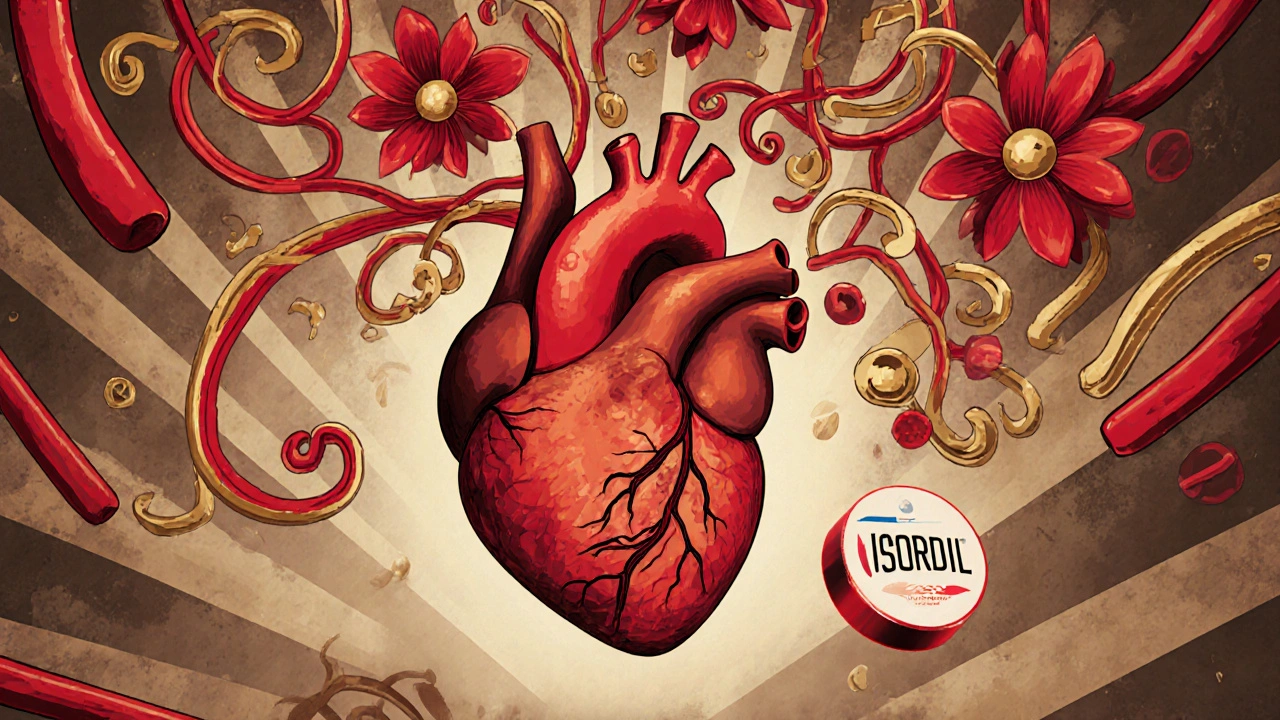Angina Treatment: What Works, What Doesn’t, and What You Need to Know
When your chest feels tight, heavy, or like someone is squeezing it, you’re not just having a bad day—you might be experiencing angina, chest pain caused by reduced blood flow to the heart muscle, often due to narrowed arteries. Also known as stable angina, it’s a warning sign that your heart isn’t getting enough oxygen, usually from coronary artery disease, a condition where plaque builds up in the arteries that feed the heart. This isn’t a heart attack, but it’s a clear signal that something’s wrong and needs attention.
Angina treatment isn’t one-size-fits-all. For many, the first line of defense is nitroglycerin, a fast-acting medication that relaxes blood vessels and increases blood flow to the heart. It’s often carried in pill or spray form and works in minutes when chest pain strikes. But nitroglycerin doesn’t fix the root problem—it just buys time. That’s where long-term meds like beta-blockers, drugs that slow your heart rate and lower blood pressure to reduce the heart’s workload. come in. They’re not flashy, but they’re proven to cut down how often angina happens and lower your risk of heart damage. Calcium channel blockers and statins are also common players, each targeting different parts of the problem: one relaxes arteries, the other tackles the plaque buildup itself.
Medication helps, but it’s only half the story. People who quit smoking, walk daily, or manage stress often see bigger improvements than those who just pop pills. Eating less salt, cutting back on sugar, and avoiding big, fatty meals can stop angina triggers before they start. Even small changes—like taking the stairs or walking after dinner—add up. And if your angina gets worse, happens at rest, or lasts longer than a few minutes? That’s not stable anymore. It could be unstable angina, a medical emergency. Don’t wait. Get checked.
The posts below cover real-world details you won’t get from a brochure: how different angina meds compare, what side effects to watch for, when to switch treatments, and how other conditions like high blood pressure or diabetes make things trickier. You’ll find clear breakdowns of what works, what doesn’t, and what to ask your doctor next time you’re in the office. No fluff. Just facts you can use.

